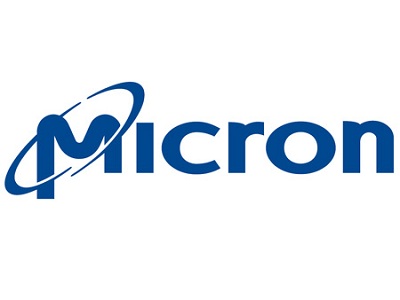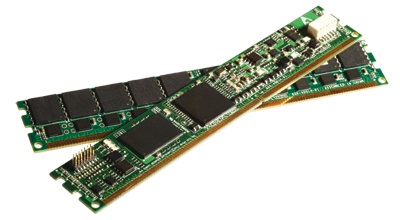Micron Wants NVDIMM "Hybrid Memory" to Become Reality
Micron has been working on NVDIMMs, a 'hybrid' storage solution, aiming to bridge the gap between DRAM and SSDs. The idea is that all the data in the DRAM would get written to NAND memory upon losing power.
The biggest problem with our current standard of RAM, the Dual-Inline Memory Module (DIMM) is that all data stored is instantly lost when the module loses power. Whilst we've learned how to deal with this limitation through Hibernation and Sleep modes, neither are ideal as the former involves a slow process of writing the contents of the DIMMs to a Hard Drive or SSD and the latter leaves RAM running which consumes power. This situation is the primary reason why most laptops will drain a fully charged battery in just a few days of being in sleep mode and has the potential to cause significant problems for desktops in the event of a power cut. For home users this may be a small annoyance, but in an enterprise environment this is clearly impermissible.
It appears that Micron's new technology of Non-Volatile Dual-Inline Memory Modules or NVDIMNs may provide a lasting solution to this problem. A NVDIMM is surprisingly simple: Onboard an NVDIMM is DRAM, this is used like the computer memory we are used to now, in fact, it is the same. On top of this, there is an amount of NAND memory and a system of capacitors onboard. Today's capacitors are constructed well enough and powerful enough to give the module enough time, after the power is cut, to write all the contents of the DRAM to the NAND memory. Upon restoring power, all the information should be written back from the NAND memory to the DRAM, and normal operations continue.
Though this only partially solves the slow recovery time from Hibernation, it is still significantly quicker to load the contents of DRAM from NAND memory than from a HDD and more importantly will provide full data recovery in the event of a power cut since the onboard capacitors would always be charged and thus the contents can be quickly saved to the onboard NAND memory in case of power loss.
Micron's first demonstration of this technology, its first NVDIMM, had 4 GB of DRAM onboard and 8 GB of NAND memory. No reason has been given for the double NAND over DRAM, but we can assume it has to do with the limited lifetime of flash memory, which decays over writes.
Though it is still unknown when this technology will come to the market, Micron is confident that NVDIMMs will bridge the gap between DRAM and SSDs and will be attractive for both enterprise and consumer environments.
Contact Us for News Tips, Corrections and Feedback
Get Tom's Hardware's best news and in-depth reviews, straight to your inbox.
Niels Broekhuijsen is a Contributing Writer for Tom's Hardware US. He reviews cases, water cooling and pc builds.


